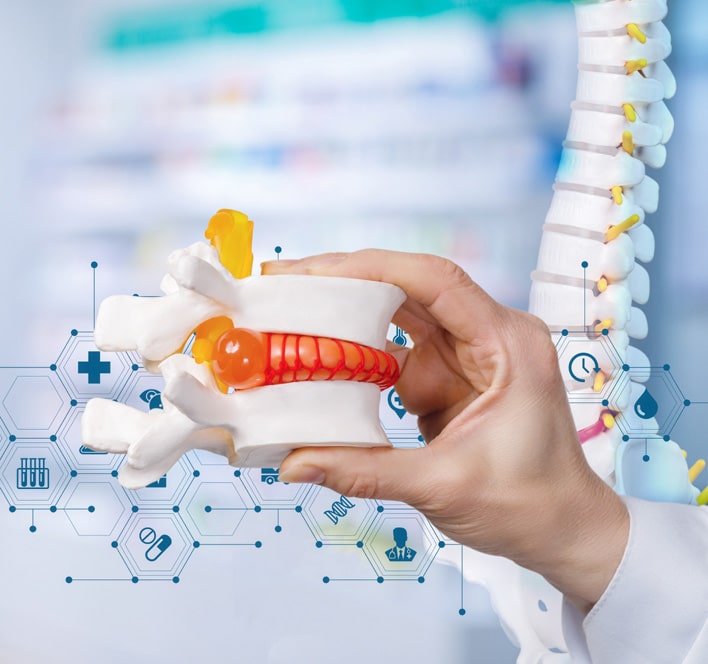The introduction of artificial discs revolutionized the field of spine surgery by offering a more dynamic approach to treating degenerative disc disease and other spinal conditions. These innovative implants aim to preserve the natural movement of the spine while providing structural support and stability. The evolution of artificial disc technology has been guided by research, clinical trials, and the feedback of surgeons and patients, leading to the development of increasingly advanced designs that deliver better outcomes.
The team at NJ Spine & Orthopedic understands the importance of staying at the forefront of medical innovation in order to provide patients with the best possible care. Artificial discs are a prime example of how advancements in science can greatly improve the quality of life for individuals suffering from spinal conditions. These artificial discs are designed to mimic the natural function of the discs in your spine, providing support and flexibility while reducing pain and discomfort.
What Is an Artificial Disc?
Artificial discs are innovative medical devices designed to replace damaged or degenerated natural discs within the spine. These discs are composed of biocompatible materials that mimic the function of a healthy intervertebral disc, allowing for improved spinal movement and reduced pain. By preserving the natural range of motion in the spine, artificial discs offer an alternative to traditional spinal fusion surgery, which can restrict movement in the affected area.
History of Artificial Discs in Healthcare
Artificial discs date back to the late 20th century when the first prototypes were developed for clinical use. Over the years, advancements in technology and materials have led to the creation of more sophisticated artificial disc replacements that closely resemble the structure and function of natural discs. Today, artificial discs are widely used in the field of orthopedics to treat various spinal conditions, providing patients with a promising alternative to traditional treatments.
Uses for Artificial Discs in Medicine
The versatility of artificial discs extends to both the lumbar and cervical spine, providing surgeons with effective treatment options for various spinal pathologies. Artificial disc arthroplasty is now commonly used to address degenerative disc disease, herniated discs, and other conditions that cause back or neck pain.
One of the primary benefits of artificial disc replacements is their ability to preserve motion at the affected level. In the case of cervical artificial disc replacement, patients often experience a quicker recovery and return to normal activities compared to those who undergo traditional anterior cervical discectomy and fusion.
Another advantage of artificial total disc replacement versus fusion is the reduced risk of adjacent segment degeneration. When a lumbar disc is fused, the levels above and below the fusion site can experience increased wear and tear over time, potentially leading to additional surgeries in the future. By preserving motion at the affected level, artificial discs help to distribute forces more evenly along the spine, reducing the risk of degeneration in adjacent segments and the need for further interventions.
Learn More About Artificial Disc Replacements With NJ Spine & Orthopedic
The customizable nature of artificial disc implants allows surgeons to tailor treatment plans to each individual’s unique anatomy, ensuring optimal outcomes and patient satisfaction. With ongoing developments in artificial disc technology and increased FDA approvals for new devices, the future of spinal care looks promising for those seeking alternatives to traditional fusion surgeries.
If you are struggling with chronic back pain and are interested in learning more about artificial discs and their role in modern spinal care, we invite you to schedule a consultation with one of our experienced spine specialists. Contact NJ Spine & Orthopedic at (866) 553-0612 or use this contact form to schedule a consultation.

